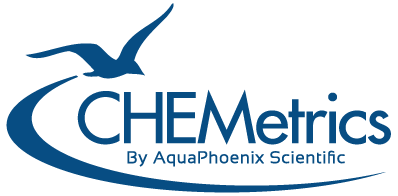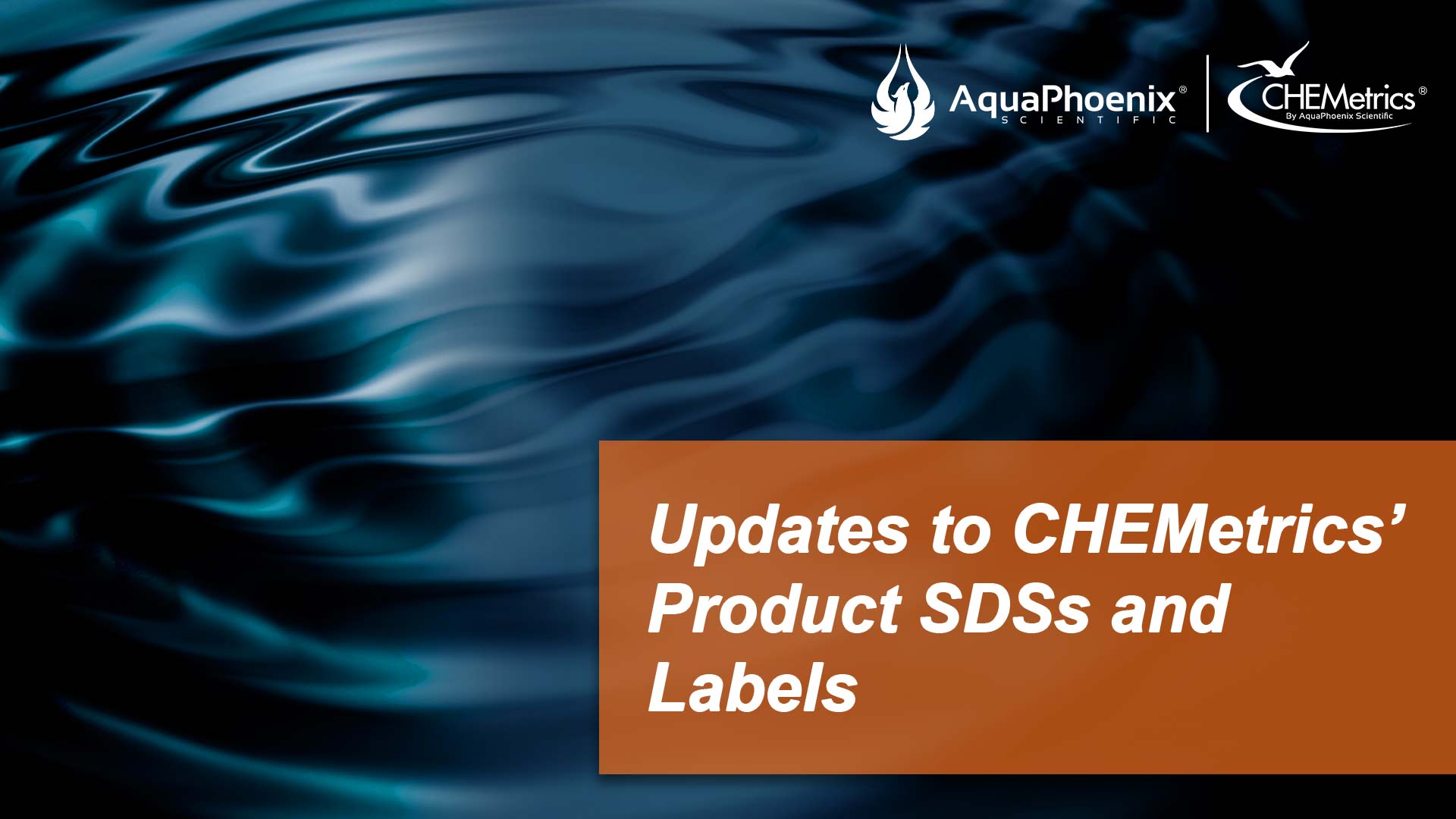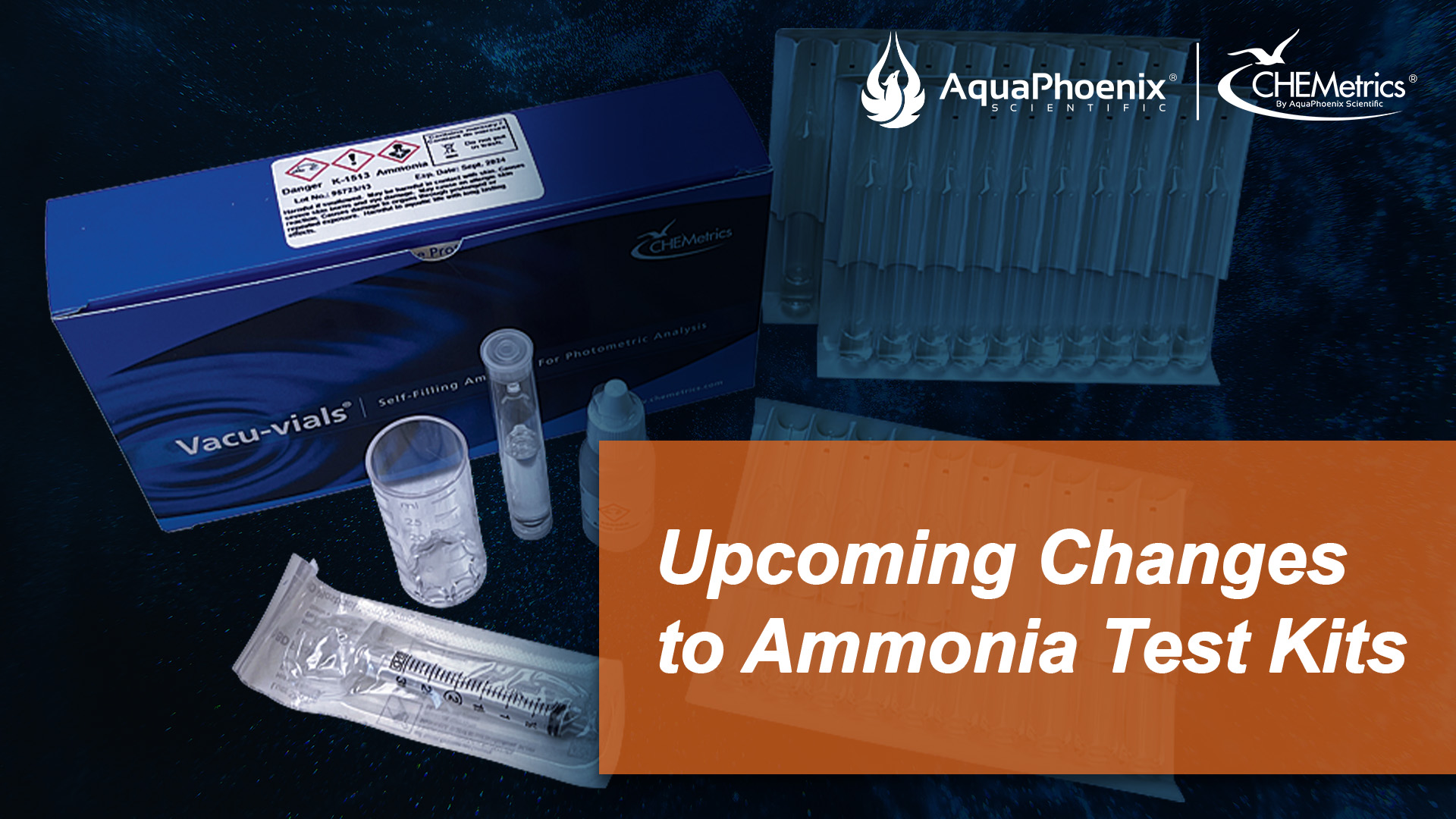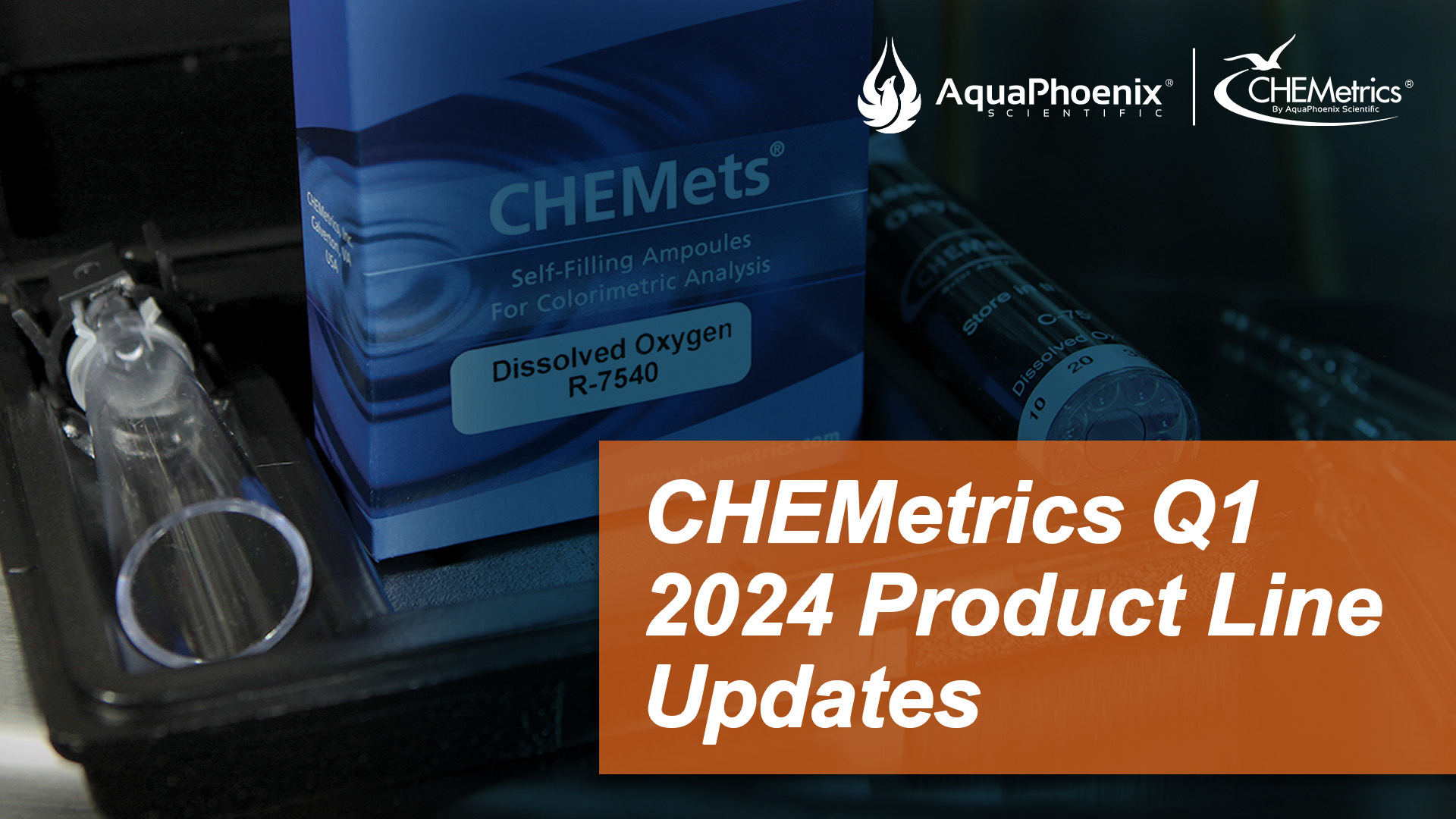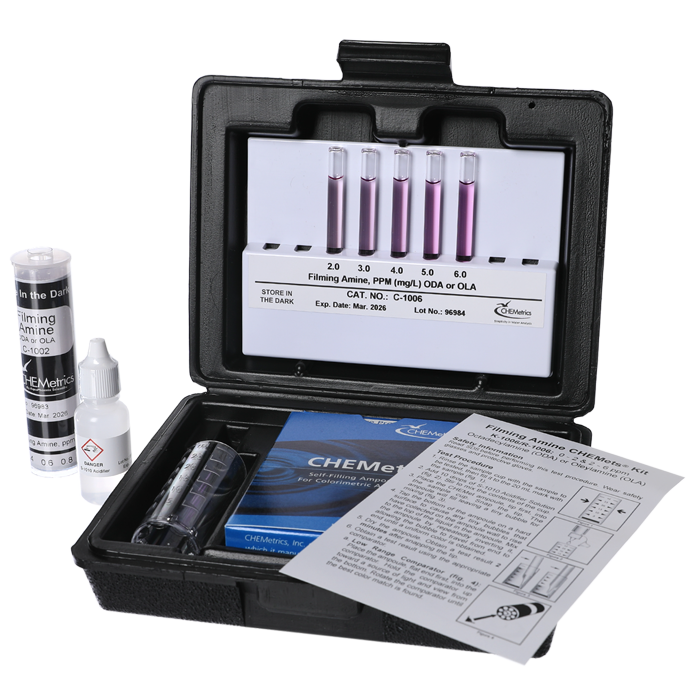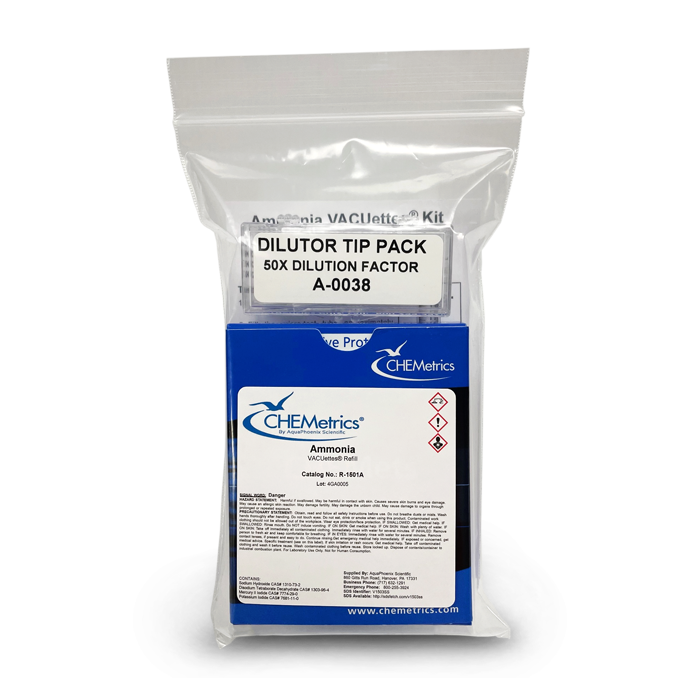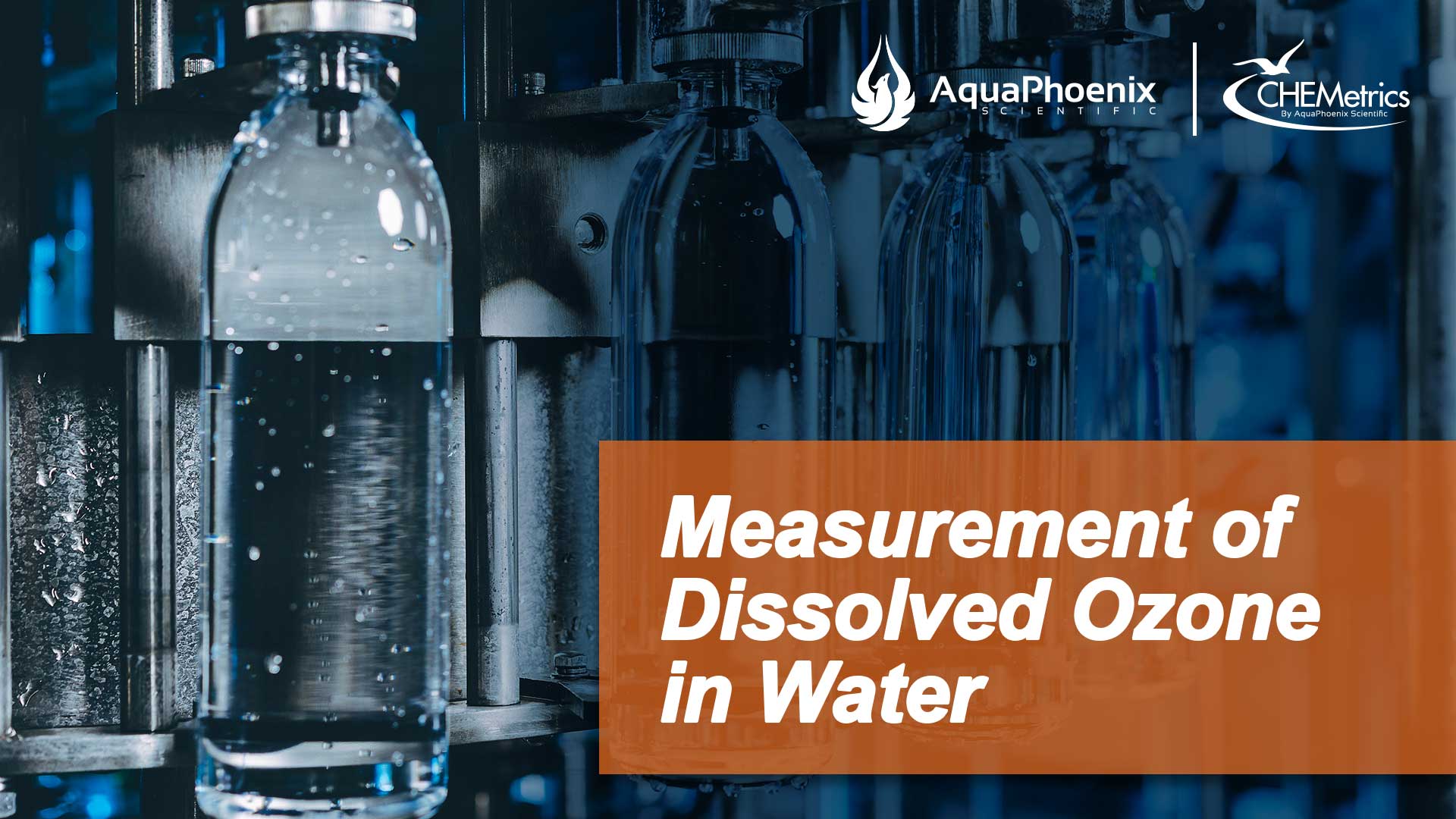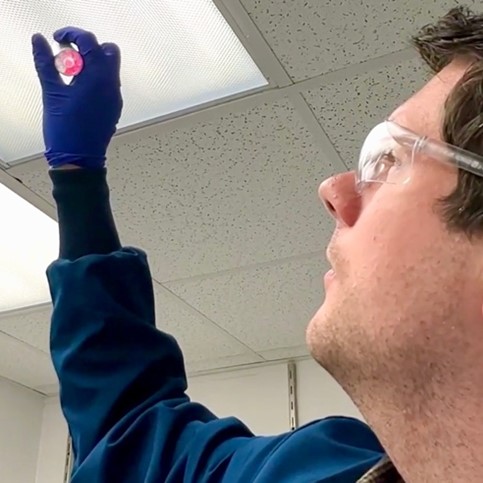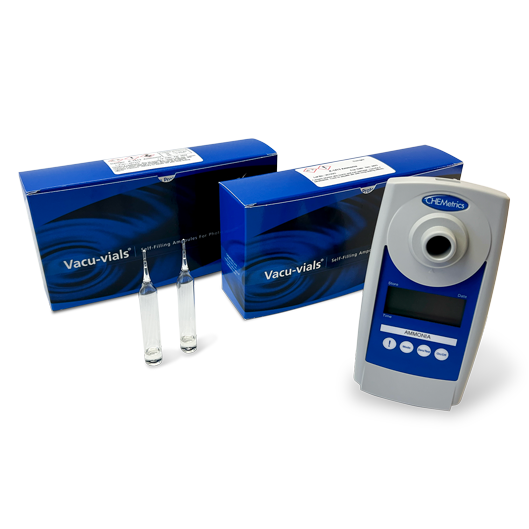Updates to CHEMetrics’ Product SDSs and Labels
Please be aware that CHEMetrics product SDSs and labels are actively being updated. This process began in December 2023 and will continue to be adjusted and implemented over the coming months. The goal of these changes is to ensure that all product regulatory information is compliant and clearly presented on our products. This means that…

